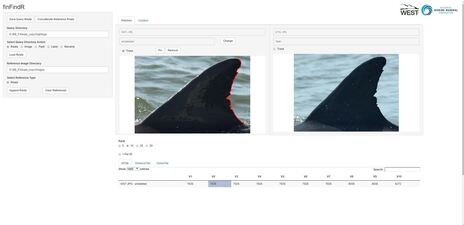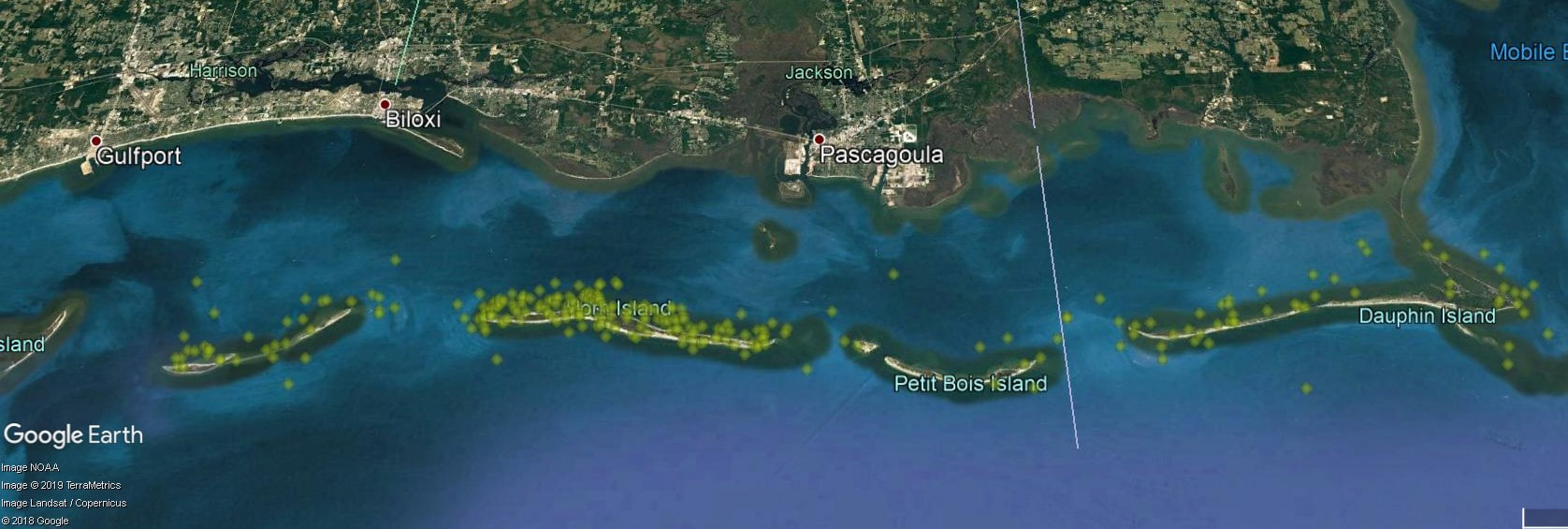In the aftermath of the Deepwater Horizon (DWH) oil spill, impacts to bottlenose dolphins in heavily oiled coastal areas were well documented. Among other health issues, a high incidence of reproductive failure was observed.
In an effort to better understand the underlying mechanisms for the reproductive failures, Drs. Cynthia Smith and Forrest Gomez are using enhanced ultrasound and other diagnostic techniques that were recently developed and employed for care of dolphins managed by the U.S. Navy. The NMMF Conservation Medicine team has adapted the techniques and we are now applying them in the field to evaluate reproductive health of wild populations.
Monitoring abundance, survival, and reproduction
Identifying individual marine mammals and tracking them over time are essential components for researchers to study how many animals live in an area and to assess their survival and reproduction, to better understand the man-made and/or environmental factors that may be affecting these vital rates.
The NMMF dolphin photo-identification team collaborated with WEST Inc. to develop new fin-recognition technology that automates the sorting and matching of individual dolphin fin pictures.

finFindR is loosely based on recent advances in image recognition algorithms and catalog searchers of thousands of dorsal fin images that would take researcher hours can now be completed in seconds. NMMF researchers are now using finFindR to conduct bottlenose dolphin population studies in Louisiana, the Florida Panhandle, Georgia, and South Carolina.
Understanding movements and distribution
In order to conserve and restore small cetacean populations, including dolphins, it is important to know how far these species range and what habitats they rely upon for their survival. One method to gather this information is to attach a satellite tag to individual animals that relays information about the animal’s location and movements back to researchers. NMMF scientists have used satellite tags to study the movements of bottlenose dolphins in estuarine and coastal waters to better understand their likely exposure to pollutant sources, as well as other environmental stressors such as low salinity.

NMMF’s Dr. Brian Balmer is currently leading a project to develop the ability to attach satellite tags to dolphins remotely, eliminating the need to temporarily catch and restrain the dolphin for tag attachment. Once developed, Dr. Balmer’s team will deploy their newly developed tags on free-swimming dolphins that inhabit deeper waters of the Gulf of Mexico and collect information on the movement, behavior and habitat use of Atlantic spotted dolphins and bottlenose dolphins.


